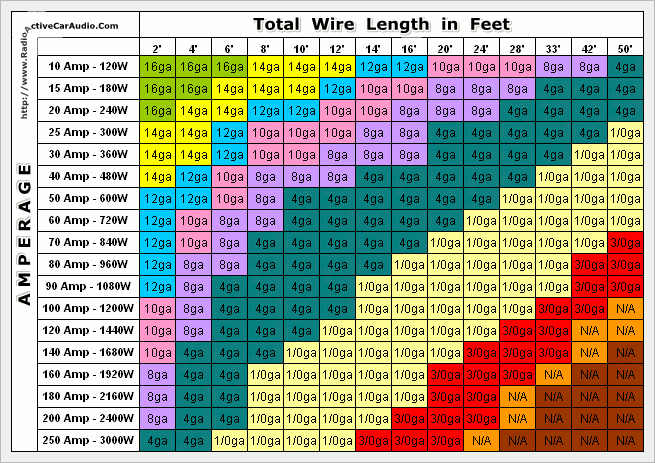
Originally Posted by
Tumbler510

Out of curiosity, why is this preferred over OEM wiring?
http://21h1yp1945ct18r0ws184hb2-wpen...re-112-PSI.pdf
First of all, look at this curve from the pump manufacturer Ti Automotive. This is meant to
represent a typical pump (also read as: some pumps will draw higher current [amps], some pumps will draw less current).
Current is what we are concerned with here. Higher current means the wiring will heat up hotter than if the wiring was subject to lower current. Wiring is rated for a specific maximum current level over a certain length of wire. The standard wiring is sized for the current that the stock pump draws at boost pressures of 10 psi from those ity bity K03s.
What causes the pump to draw more current? (more heat)
They way our fuel pressure regulators work is that they increase the fuel system pressure 1 psi with every 1 psi of boost pressure. So, if the base fuel pressure is 58 psi (it is with the stock FPR) and you run 20 psi of boost, the pump must make 58 + 20 = 78 psi of fuel pressure + any additional pressure due to the restrictive stock fuel lines. So if you are running 20 psi boost and stock fuel lines which might have a pressure drop of 5 psi (making this number up, the stock fuel lines could be more restrictive than this!!), the pump must spply at least 58 + 20 + 5 = 83 psi of fuel pressure. 83 psi of fuel pressure should be about 18.5 amps of current according to the F90000274 plot.
Can the stock b5 wiring handle 18.5 amps? The diagram below says you should have a 14 gauge wire for 18.5 amp draw assuming the wiring is about 10 ft' long (which I believe it is).
If the wiring is not sized correctly, it could get too hot and start melting... Not something you want near the fuel tank...
Let's also keep in mind that all of our stock wiring is 20 years old, which could cause additional issues if over-stressed.














 Reply With Quote
Reply With Quote really appreciate it!
really appreciate it! 






Bookmarks